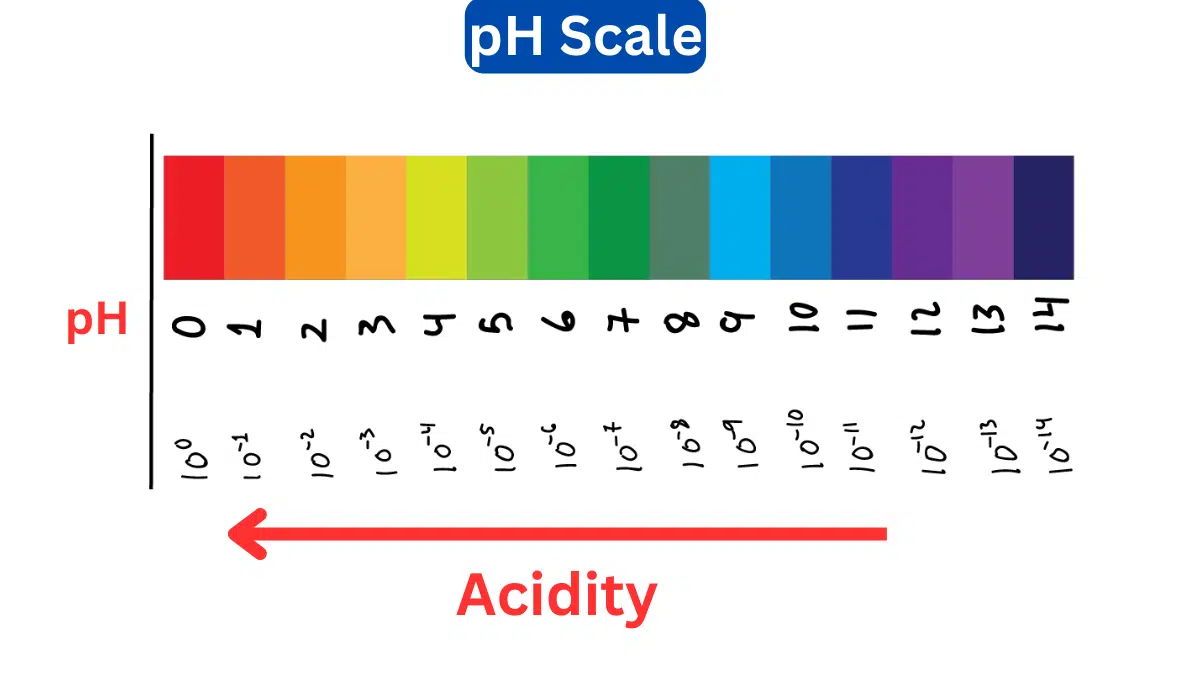Solubility Product- Expression, Examples, And Applications
Solubility product (Ksp) is a fundamental concept in chemistry that describes the equilibrium between a sparingly soluble ionic compound and its constituent ions in a saturated solution.
What is a Solubility Product?
Solubility product, often abbreviated as Ksp quantifies the equilibrium between a sparingly soluble ionic compound and its constituent ions in a saturated solution. In simpler terms, it represents the maximum amount of a particular compound that can dissolve in a specific solvent under given conditions. The value of the solubility product constant (Ksp) is characteristic of a particular ionic compound and is a reflection of its solubility.
Solubility Product Expression
The solubility product is defined by an equilibrium expression that varies depending on the ionic compound’s chemical formula. For a generic sparingly soluble compound AB, the solubility product expression is as follows:
Ksp = [A⁺] [B⁻]
Here, [A⁺] represents the concentration of the cation A in solution, and [B⁻] represents the concentration of the anion B in solution. The values of [A⁺] and [B⁻] are determined by the solubility of the compound and can be calculated from experimental data.
Solubility Product Example
Consider the sparingly soluble ionic compound silver chloride (AgCl). When AgCl is added to water, it partially dissolves to form silver ions (Ag⁺) and chloride ions (Cl⁻). The solubility product expression for AgCl is:
Ksp = [Ag⁺] [Cl⁻]
For AgCl, the solubility product constant (Ksp) is approximately 1.77 x 10⁻¹⁰ at 25°C. This means that in a saturated solution of AgCl at this temperature, the product of the concentrations of Ag⁺ and Cl⁻ ions will be equal to 1.77 x 10⁻¹⁰.
| Salt | Solubility Product (Ksp) at 25°C |
|---|---|
| Silver Chloride (AgCl) | 1.77 x 10⁻¹⁰ |
| Barium Sulfate (BaSO4) | 1.08 x 10⁻¹⁰ |
| Lead(II) Carbonate (PbCO3) | 7.4 x 10⁻¹⁴ |
| Strontium Carbonate (SrCO3) | 3.84 x 10⁻⁹ |
| Calcium Phosphate (Ca3(PO4)2) | 2.0 x 10⁻²⁷ |
| Iron(III) Hydroxide (Fe(OH)3) | 2.8 x 10⁻⁹ |
| Silver Iodide (AgI) | 8.5 x 10⁻17 |
| Lead(II) Sulfate (PbSO4) | 1.6 x 10⁻⁸ |
| Calcium Sulfate (CaSO4) | 9.1 x 10⁻⁶ |
| Magnesium Carbonate (MgCO3) | 1.8 x 10⁻⁵ |
| Copper(II) Hydroxide (Cu(OH)2) | 2.2 x 10⁻⁷ |
| Zinc Carbonate (ZnCO3) | 3.0 x 10⁻⁹ |
| Mercury(I) Chloride (Hg2Cl2) | 4.6 x 10⁻¹⁵ |
| Silver Sulfide (Ag2S) | 6.3 x 10⁻⁴ |
| Calcium Oxalate (CaC2O4) | 2.7 x 10⁻⁸ |
| Barium Carbonate (BaCO3) | 5.3 x 10⁻⁹ |
These values represent the equilibrium constants for the dissolution of the salts into their constituent ions in a saturated solution at 25°C. Keep in mind that solubility can vary with temperature, so these values are specific to that temperature.
Solubility Product Principle
The solubility product principle states that when an ionic compound is in a saturated solution, the product of the concentrations of its constituent ions remains constant at a specific temperature. If more of the compound is added to the solution, it will not dissolve because the solution is already saturated. Conversely, if some of the dissolved compound precipitates, the concentrations of its ions in the solution remain constant.
This principle is a reflection of the dynamic equilibrium that exists between the solid solute and its dissolved ions. If the concentrations of the ions are altered, the system will adjust to reestablish the equilibrium, either by dissolving more solute or by precipitating some of it.
Solubility Product Application
Solubility product finds applications in various fields of chemistry and beyond:
- Precipitation Reactions: Solubility product constants are used to predict whether a precipitate will form when two solutions of ionic compounds are mixed. If the ion product (IP) exceeds the solubility product (Ksp), a precipitate will form.
- Water Treatment: Understanding the solubility product is crucial for water treatment processes, especially in the removal of unwanted ions by precipitation.
- Environmental Chemistry: It plays a role in determining the environmental impact of various ionic compounds, such as the solubility of heavy metal ions in soil and water.
- Pharmaceutical Chemistry: Solubility product is important in drug formulation, helping pharmaceutical chemists optimize the solubility of active ingredients in drug products.
- Quality Control: Industries use Ksp values to control the purity and quality of products, ensuring that unwanted impurities do not exceed their solubility limits.




Leave a Reply